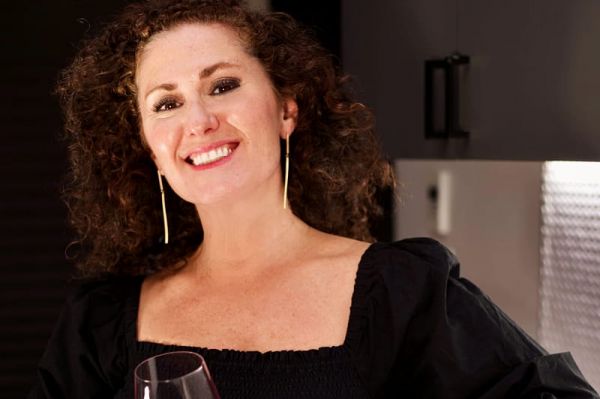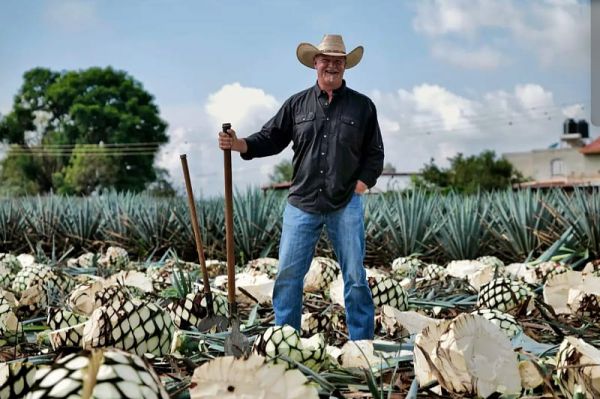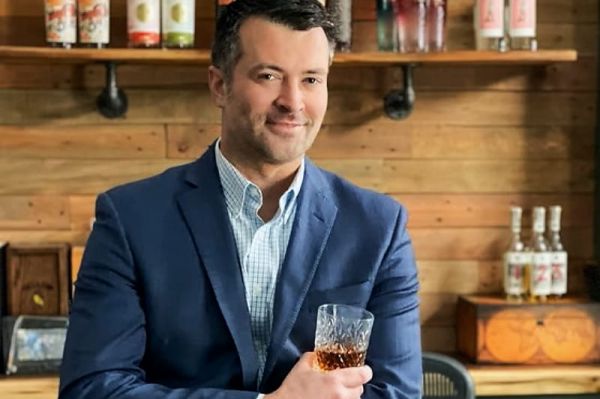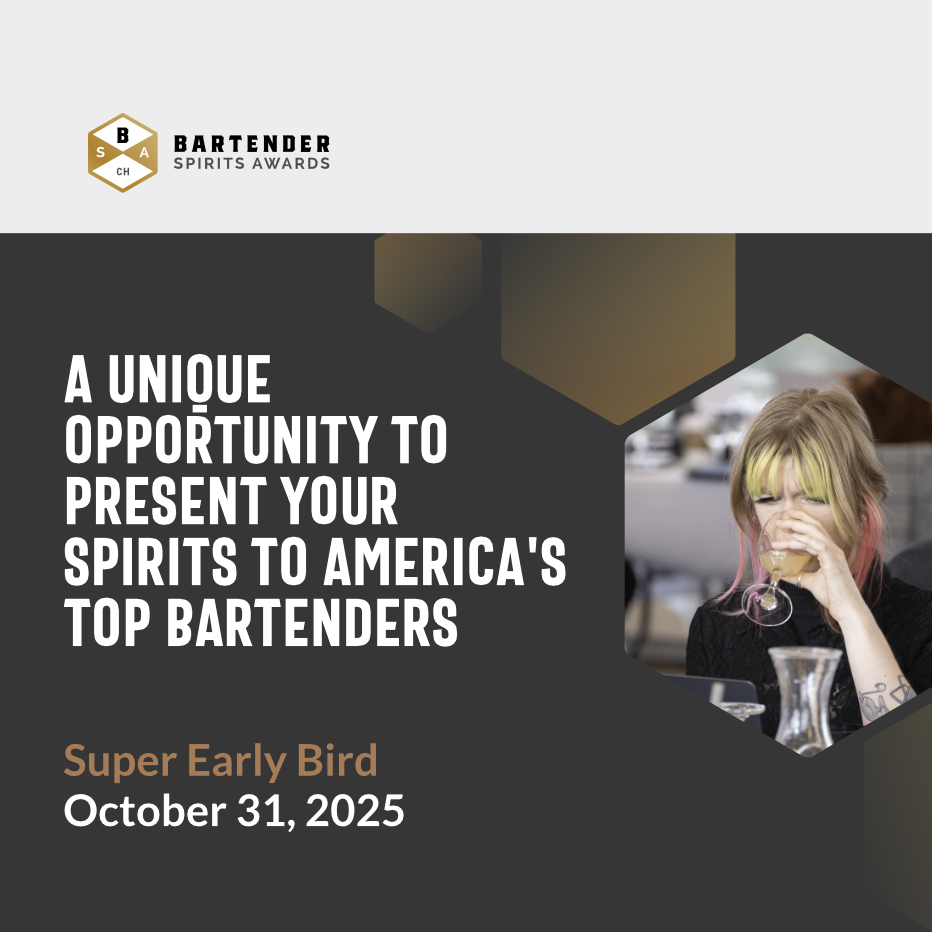Log in to your account
Lost password?Sales and Marketing
10 Steps in Getting your Branding Right: The Anestasia Vodka Way
In such a competitive industry branding is everything. The quality of a product is important, but to have a memorable product with a strong buying power, the product needs to have impeccable branding in addition to its quality
30/10/2017
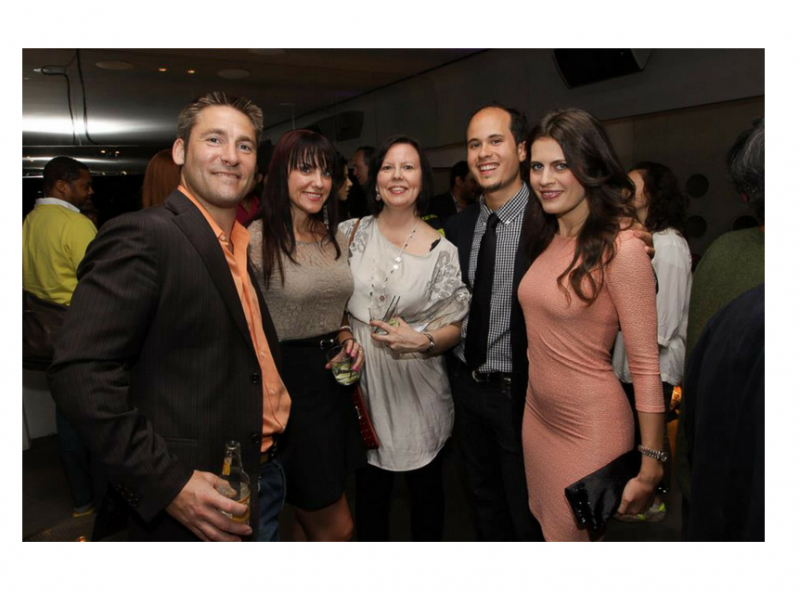
In such a competitive industry branding is everything. The quality of a product is important, but to have a memorable product with a strong buying power, the product needs to have impeccable branding in addition to its quality. Branding is where any product starts. When the branding is done right, it will save a company significant funds in marketing, advertisement, and promotion and will strongly increase the chances of overall long-term success.
Anestasia Vodka is a product that has built their success with strong branding from the start. Bevroute asks founder and CEO Yuliya Mamontova the 10 key steps in getting your branding right.
1. Tell an authentic story.
 Before creating a product a company needs to ask themselves: what is my story? It is important for the brand to connect with the consumer. What is your message? How does a consumer relate to you? Brand ambassadors, such as celebrities don’t work make an impact on the desirability of the product anymore. The market is ever changing so is the consumer. The consumer realized that a brand ambassador can be simply bought. The consumer is looking for authenticity, for her or his own relation to the story. We all have big dreams, big ideas. Consumers are inspired by the stories of people like themselves that are realizing their own ideas and dreams. It’s inspiring, it’s promising. The consumer thinks, f she did that I can too! Anestasia Vodka was created by a woman, myself, not coming from the spirits industry, but simply having her family’s legacy passed down to her. Every family has a history. I hear all the time that my story inspires others to connect to their roots and to pass down traditions. Also breaking a stereotype by being a woman in such a male-dominated industry as liquor industry inspires other women too.
Before creating a product a company needs to ask themselves: what is my story? It is important for the brand to connect with the consumer. What is your message? How does a consumer relate to you? Brand ambassadors, such as celebrities don’t work make an impact on the desirability of the product anymore. The market is ever changing so is the consumer. The consumer realized that a brand ambassador can be simply bought. The consumer is looking for authenticity, for her or his own relation to the story. We all have big dreams, big ideas. Consumers are inspired by the stories of people like themselves that are realizing their own ideas and dreams. It’s inspiring, it’s promising. The consumer thinks, f she did that I can too! Anestasia Vodka was created by a woman, myself, not coming from the spirits industry, but simply having her family’s legacy passed down to her. Every family has a history. I hear all the time that my story inspires others to connect to their roots and to pass down traditions. Also breaking a stereotype by being a woman in such a male-dominated industry as liquor industry inspires other women too.
2. Create a branded logo, name and packaging to reflect the story.
 The brand consists of the following parts: name, logo, physical shape. I believe the physical shape, that is the packaging is the most important. We live in a visual world and an image speaks a thousand words, therefore a name is forgettable, but the form of a product is what the consumer interact with not only visually, but sensorially as well. When Anestasia Vodka’s branding parts were created the name reflected my femininity, my Eastern European family roots; the crystal shape of the bottle has a feminine silhouette, it’s beautiful, modern and clean, reflecting the crystal clear top quality of the vodka it contains. The logo is clean, minimal and easy to remember.
The brand consists of the following parts: name, logo, physical shape. I believe the physical shape, that is the packaging is the most important. We live in a visual world and an image speaks a thousand words, therefore a name is forgettable, but the form of a product is what the consumer interact with not only visually, but sensorially as well. When Anestasia Vodka’s branding parts were created the name reflected my femininity, my Eastern European family roots; the crystal shape of the bottle has a feminine silhouette, it’s beautiful, modern and clean, reflecting the crystal clear top quality of the vodka it contains. The logo is clean, minimal and easy to remember.
3. Appeal to senses.
Liquor products are physical objects. People not only see the packaging but interact with it, touch it, hold it. Anestasia Vodka’ bottle is so unique and stunning, the consumer automatically wants to touch it and it is easy to hold at the same time.
4. Reflect quality.
Obviously, the branding has to reflect good quality of the product. Even if it is a value product, the good quality is a must. Therefore, the branding parts of Anestasia Vodka are crisp and clean.
5. Make your branding memorable.
 All the branding parts have to be memorable: logo, packaging, name. When consumers encounter Anestasia Vodka for the first time they never forget it. The brand has a very strong impact making it unforgettable. The consumer comes across hundreds of brands daily. Making a brand unforgettable is very important. Anestasia Vodka’s packaging is so unforgettable and iconic that even if we remove the logo and any writing on the bottle the consumer who has seen it before will immediately recognize Anestasia.
All the branding parts have to be memorable: logo, packaging, name. When consumers encounter Anestasia Vodka for the first time they never forget it. The brand has a very strong impact making it unforgettable. The consumer comes across hundreds of brands daily. Making a brand unforgettable is very important. Anestasia Vodka’s packaging is so unforgettable and iconic that even if we remove the logo and any writing on the bottle the consumer who has seen it before will immediately recognize Anestasia.
6. Stand out from the crowd.
 Every industry in today’s world is crowded and the liquor industry is no exception. Rather than blending in or copying other products, it is very important to take risks in branding and stand out. Anestasia Vodka took an original approach in branding where we created a packaging that is geometric, angular and having no neck, standing out from all our competitors with a round shape and having a bottleneck. The bottle of Anestasia stands proudly at a bar or a store shelf, almost pushing other products aside. Shelf/bar positioning has to be taking into consideration when creating the branding of a product.
Every industry in today’s world is crowded and the liquor industry is no exception. Rather than blending in or copying other products, it is very important to take risks in branding and stand out. Anestasia Vodka took an original approach in branding where we created a packaging that is geometric, angular and having no neck, standing out from all our competitors with a round shape and having a bottleneck. The bottle of Anestasia stands proudly at a bar or a store shelf, almost pushing other products aside. Shelf/bar positioning has to be taking into consideration when creating the branding of a product.
7. Remain timeless and classy.
While taking risks in branding is important, the product still needs to remain classy and timeless. Trends pass quickly. Something quirky can have an appeal today but will be a passé tomorrow. If a company is headed for a long-term success, a beautiful classy branding will remain timeless and will become an icon with. While Anastasia Vodka stands out from the crowd being entirely different, it’s branding is classy and timeless in its beauty.
8. Deliver your branding through social media.
 It will be a mistake to underestimate the impact of social media on today’s life. The social media is becoming more and more visual where an image travels a thousand miles in a second. The brand has to photograph well, be aesthetic, presenting a strong visual appeal and even surprising, thus making it compelling to the user to share the brand’s visuals. I believe we succeeded in this goal with Anestasia Vodka’s branding. There are thousands of users’ images of Anestasia Vodka on the Instagram network, for example, helping to spread the brand’s awareness. And such advertisement costs nothing!
It will be a mistake to underestimate the impact of social media on today’s life. The social media is becoming more and more visual where an image travels a thousand miles in a second. The brand has to photograph well, be aesthetic, presenting a strong visual appeal and even surprising, thus making it compelling to the user to share the brand’s visuals. I believe we succeeded in this goal with Anestasia Vodka’s branding. There are thousands of users’ images of Anestasia Vodka on the Instagram network, for example, helping to spread the brand’s awareness. And such advertisement costs nothing!
9. Associate the brand with the desired lifestyle.
Association of a brand with a certain lifestyle is a part of its branding. The consumer wants to belong to a certain social group showing usually a higher social status. Wheather it is nightlife, travel or luxury retail, associating the brand with the lifestyle that reflects brand’s positioning on the market and emphasizes its desirability makes the brand more sellable.
10. Leave a little mystery.
Just as a charismatic and confident personality who doesn’t overwhelm us with screaming and working hard to get our attention, the brand should say enough, but not too much, it should attract attention by just being what it is. After the branding is perfected, it’s important not to overdo it. At Anestasia we avoid bright colors, loud logos, and big fonts. We leave a bit of suspense and this attracts customers who want to know more about the brand, who want to experience it.
There are only very few products that consumers buy because they simply “need to”. Light bulbs, printing paper, baking soda, etc. These products may not require branding or at least the branding is not so paramount. 99% of the rest of purchases are initiated by the desire. Desire to experience, desire to have, desire to own, desire to associate with and desire to show. Branding is the most crucial avenue in initiating such desires, or rather the only one.
In such a competitive industry branding is everything. The quality of a product is important, but to have a memorable product with a strong buying power, the product needs to have impeccable branding in addition to its quality. Branding is where any product starts. When the branding is done right, it will save a company significant funds in marketing, advertisement, and promotion and will strongly increase the chances of overall long-term success.
Anestasia Vodka is a product that has built their success with strong branding from the start. Bevroute asks founder and CEO Yuliya Mamontova the 10 key steps in getting your branding right.
1. Tell an authentic story.
 Before creating a product a company needs to ask themselves: what is my story? It is important for the brand to connect with the consumer. What is your message? How does a consumer relate to you? Brand ambassadors, such as celebrities don’t work make an impact on the desirability of the product anymore. The market is ever changing so is the consumer.
Before creating a product a company needs to ask themselves: what is my story? It is important for the brand to connect with the consumer. What is your message? How does a consumer relate to you? Brand ambassadors, such as celebrities don’t work make an impact on the desirability of the product anymore. The market is ever changing so is the consumer.







